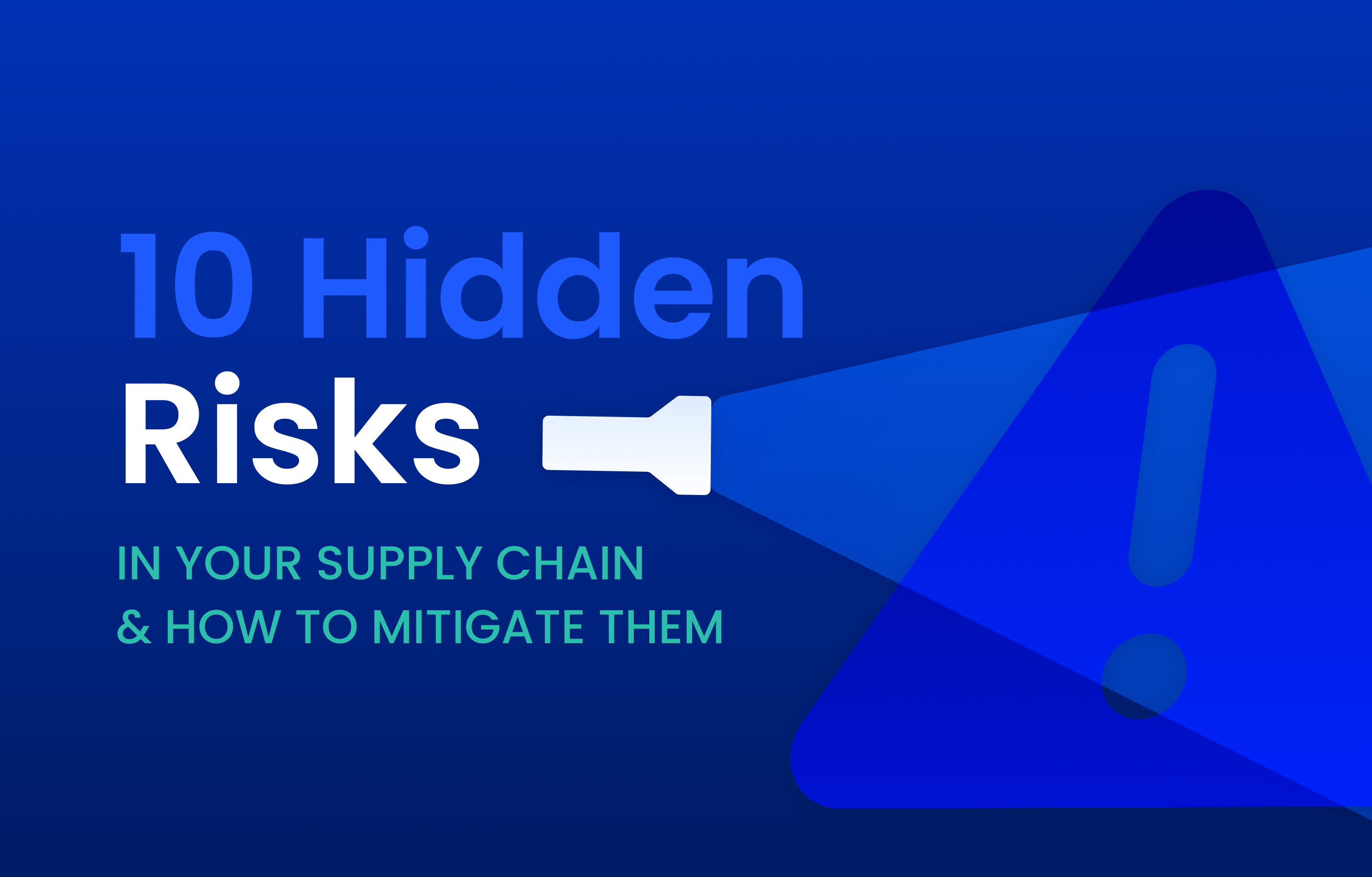The telecommunications (telecom) sector is exploding with opportunities, but these new opportunities also come with new challenges. As telecom companies evolve into techcos by tapping into new technologies such as 6G, they’re becoming more reliant than ever on having dependable supply chains.
Supply chain leaders need to steer their companies through the challenges of economic uncertainty, geopolitical tensions, and the lingering aftermath of the pandemic while tapping into new opportunities.
Here’s how telecom companies can navigate these turbulent waters and build a robust and resilient supply chain.
1. Supply Chain Orchestration
Imagine a symphony where every instrument plays in perfect harmony. When every instrument is perfectly tuned and the musicians are professionals, it sounds amazing. But if just one instrument is off, even just a little, it can ruin the whole performance.
That’s where supply chain orchestration comes in. The aim of supply chain orchestration is to create this perfect harmony by synchronizing and streamlining every operation—from raw material sourcing to delivering services to end customers.
Orchestration involves the integration of production, inventory, transportation, and logistics. By optimizing the entire supply chain, telecom companies can achieve operational excellence, faster time to market, cost optimization, and enhanced customer experience.
Through supply chain orchestration, telecom companies can reduce inventory carrying and logistics costs, leading to significant financial benefits. However, integrating systems, software, and data can be expensive and time-consuming and requires a certain level of expertise.
2. Supplier Collaboration and Performance Monitoring
Supply chain disruptions often stem from sourcing and logistics-related issues. By strategically collaborating with key suppliers and embracing supplier diversity, telecom companies can mitigate risks. Continuous monitoring of supplier performance ensures timely deliveries and high-quality products, fostering trust, reducing costs, and enhancing innovation capabilities.
This is also where it helps to think of your suppliers as contractor partners. So – not people you need to manage but people you need to bring to the table for in-person planning discussions.
3. Digital Transformation
Embracing digital transformation is not an option; it's a necessity. AI, machine learning, and IoT sensors offer predictive maintenance, operational efficiency, and 24/7 tracking of goods. By investing in these technologies, telecom supply chains can make data-driven decisions, leading to improved customer service, reduced costs, and increased competitiveness.
4. End-to-End Supply Chain Visibility
In today's dynamic market, real-time visibility is key. Telecom companies often face bottlenecks due to slow responses and an inability to predict risks. Implementing technologies like IoT, RFID (radio frequency identification), and big data analytics enables end-to-end supply chain visibility. This not only improves operational excellence but also facilitates rapid crisis response, reducing the cost of goods sold, increasing cash flow, and, most importantly, saving lives.
5. Comprehensive Risk Assessment
Telecom need to analyze potential cybersecurity threats to their supply chains comprehensively. This means evaluating risks related to data breaches, malware attacks, and unauthorized access to sensitive information.
Telecom companies also need to ensure that vendors meet stringent security standards and reliability criteria. Regular evaluations and audits of supplier security practices are essential to identify and mitigate vulnerabilities. A huge part of this is establishing strict procurement criteria considering security standards and vendor reliability. Another part is developing and regularly updating incident response plans outlining the steps to take in case of a security breach.
Finally, telecom companies must consider threats that could disrupt network services. This involves evaluating the resilience of network infrastructure against natural disasters, cyber-attacks, and other potential disruptions.

.svg)
.svg)
.svg)

.svg)

.svg)




